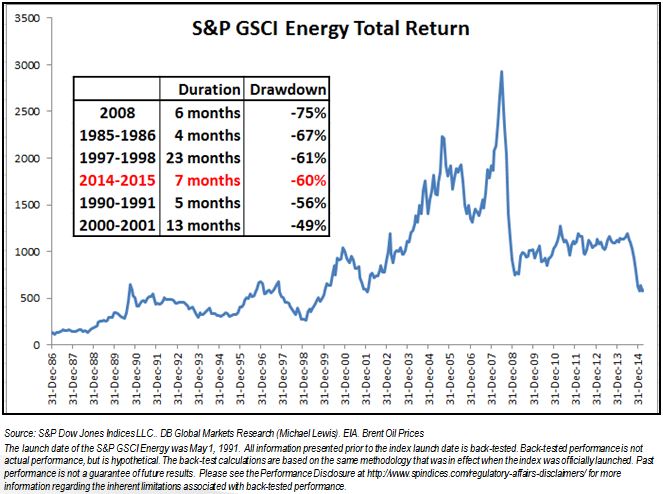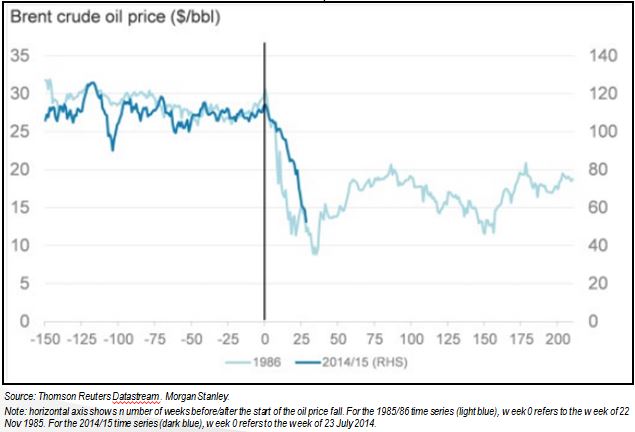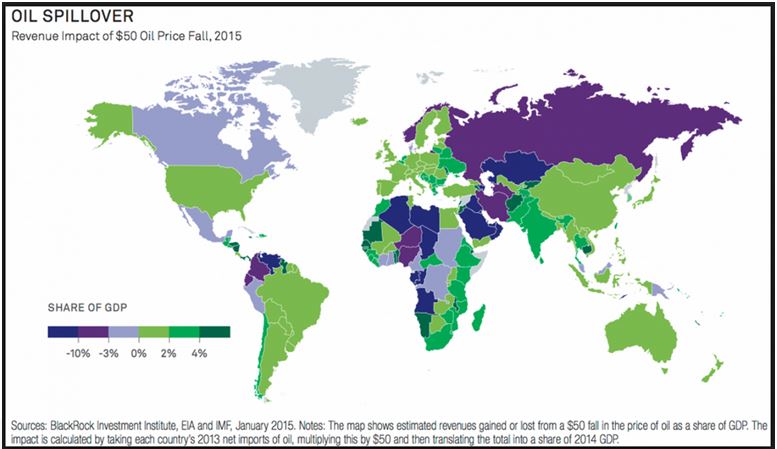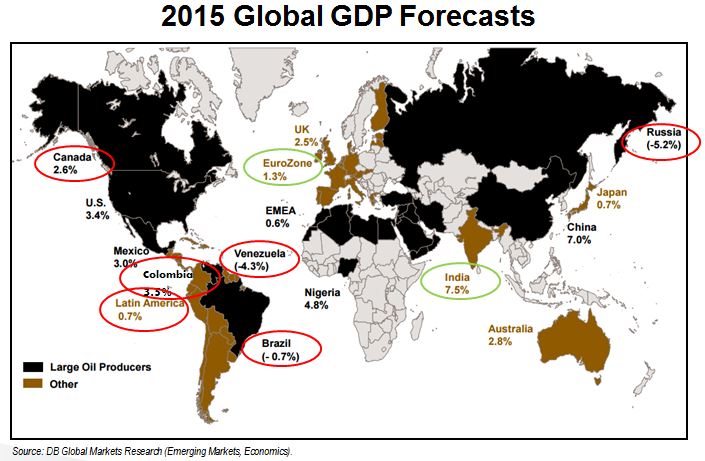The yield of the U.S. Treasury 10-year as measured by the S&P/BGCantor Current 10 Year U.S. Treasury Bond Index ended the week 9 basis points as month-over-month CPI was the same as prior and lower than the 0.3% expected level. A drop in crude oil futures also helped push treasury yields to lower at the close of the week. The index has returned 0.71% MTD and 3.79% YTD. Ahead this week the Treasury will be auctioning $18 billion of 5-year TIPS.
The performance of the S&P U.S. TIPS Index got back on track this past week after negative returns of -0.80% for the week of April 3rd to the 10th, the index has now returned 1.58% MTD and 2.85% YTD. The 10-year breakeven, an indicator of inflation expectations, is the difference between the nominal yield on a fixed-rate investment and the real yield on an inflation-linked investment of similar maturity. The level of breakeven between the S&P/BGCantor Current 10 Year U.S. Treasury Index and the S&P 10 Year U.S. TIPS Index is 1.89, 12 bps higher from the 1.77 at the start of the month and 15 bps higher than the start of this year (1.74).
Yields of the Investment grade corporates as measured by the S&P U.S. Investment Grade Corporate Bond Index have tightened this month by 8 bps on average and across the rating scales range between 7 to 10 bps. The S&P U.S. Issued AAA Investment Grade Corporate Bond Index is the 10 basis point mover whose yield is presently as 2.19% and also leads the rating categories by being 32 bps tighter year-to-date from its starting point of 2.51%.
The S&P U.S. Issued High Yield Corporate Bond Index has had quit a ride as the drop in oil price at the end of last year pushed yields as high as 7.23% on December 16, 2014. Since then the levels dropped to 5.96% in February, bouncing up to 6.36% in March and coming down for a second bounce of 5.98% on April 15th. The last two days have brought yields up to its current level of 6.03% for April 17, 2015. The ratings sub-indices of the parent index within the month have seen BB’s 12 bps lower, B’s are 19 bps lower, and CCC & Below are 10 bps higher at 10.19% compared to a start of the month of 10.09%. The index has returned 1.38% MTD and 4.06% YTD.
The Energy segment of the S&P U.S. Issued High Yield Corporate Bond Index has a market weight of 16% in the index and has returned 2.98% MTD, while Ex-Energy is only at 0.70%.
Senior loans, the secured counterpart to high yield bonds, had returned 0.59% up to April 19, 2015 and 2.45% YTD as measured by the S&P/LSTA U.S. Leveraged Loan 100 Index. Unlike high yield, the Energy sector is only 2% of the index, the beginning of year drag of this index had more to do with the amount of issuance and the concern over the lack of covenant protections incorporated in the issuance than Energy prices.
Source: S&P Dow Jones Indices: Data as of 4/17/2015, Senior Loan data as of 4/19/2015
The posts on this blog are opinions, not advice. Please read our Disclaimers.









